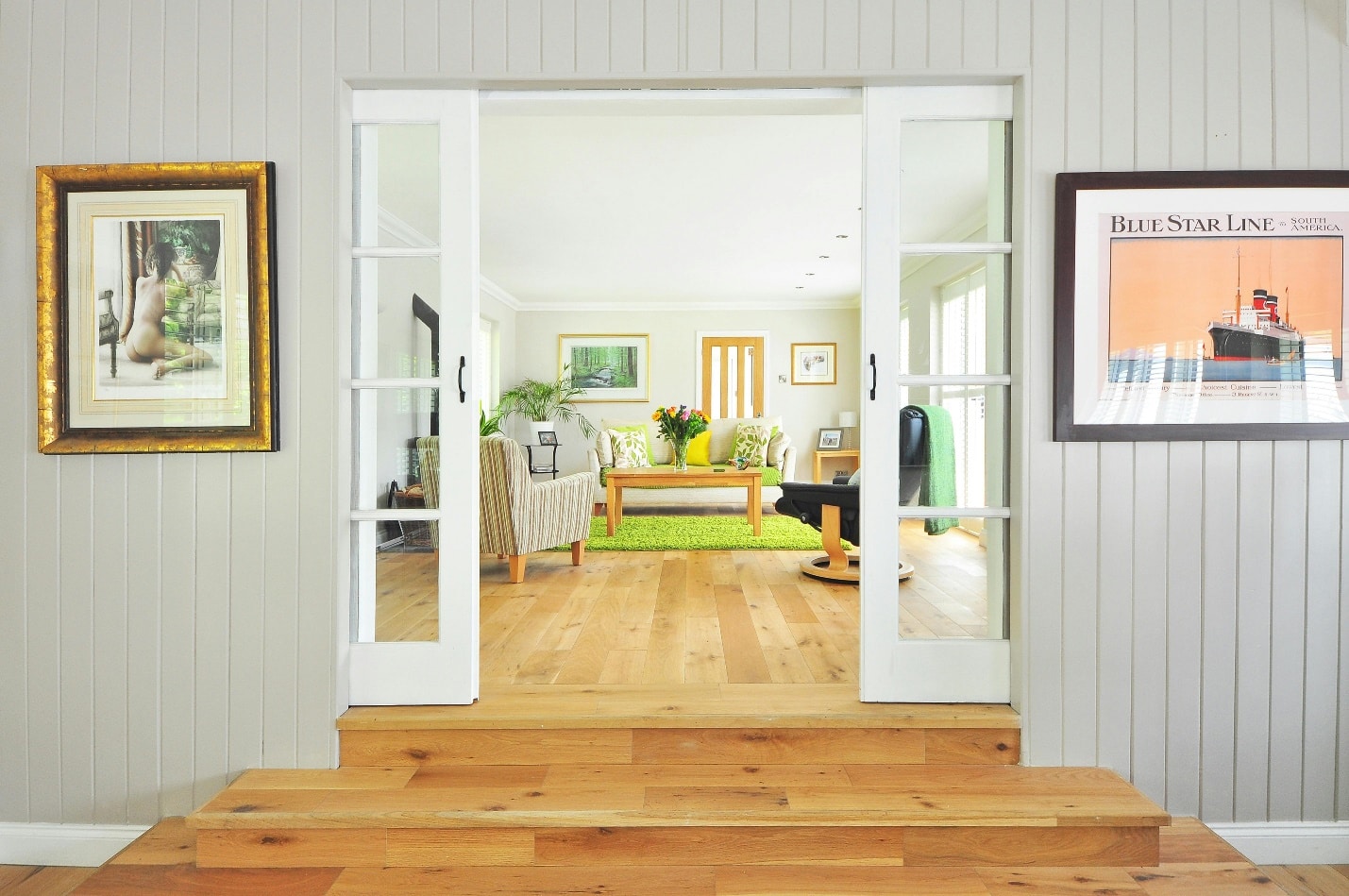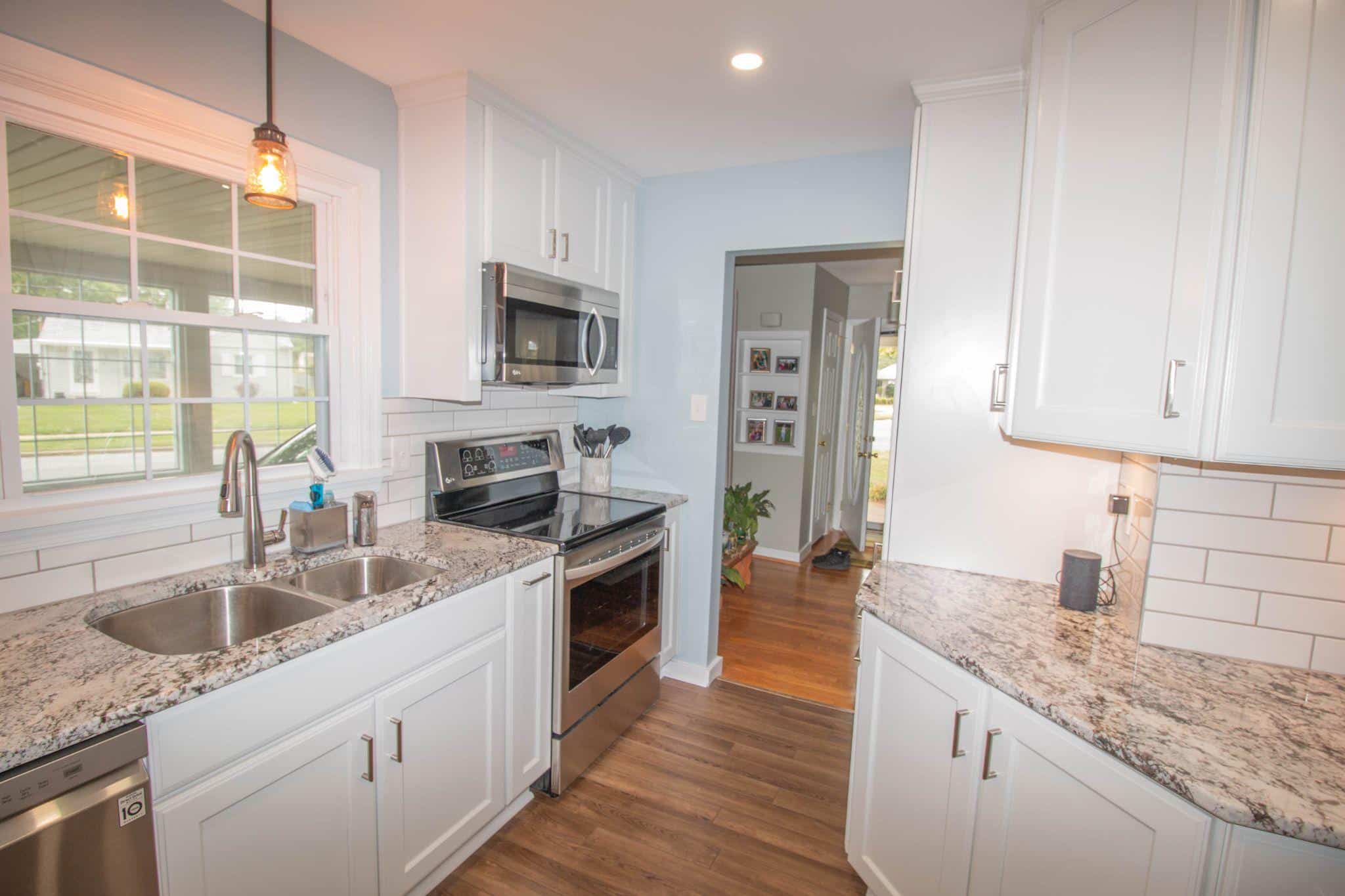Creating a cohesive design throughout your home is essential for achieving a harmonious and visually pleasing environment.
In Bensalem, PA, where homes often reflect a mix of traditional and modern styles, maintaining a consistent design can make your home feel more organized and inviting.
Whether you’re renovating a single room or your entire home, a cohesive design makes sure that each space flows seamlessly into the next, creating a unified look that enhances the overall aesthetic of your home.
This article will guide you through practical steps to achieve a cohesive design, starting with establishing a consistent color palette.
Coordinating Materials and Finishes
Coordinating materials and finishes across different rooms is essential for maintaining a cohesive design.
The materials you choose for flooring, cabinetry, countertops, and other surfaces should complement each other to create a unified look.
For example, if you have hardwood floors in your living room, consider extending the same material into adjacent spaces like the dining room or hallway.
When it comes to finishes, consistency is key. Matching finishes on hardware, such as door handles, light fixtures, and faucets, helps to tie different areas of the home together.
If you prefer a brushed nickel finish for your kitchen fixtures, carrying that same finish into the bathroom or other areas of the home will create a sense of unity.
For homeowners in Bensalem, coordinating materials and finishes can be especially important during renovations.
Working with professionals, such as Bensalem bathroom remodeling experts, can help you make informed decisions about materials that complement the rest of your home.
These experts can guide you in selecting finishes that look great and work well with the overall design of your home.
Establishing a Consistent Color Palette
One of the foundational elements of a cohesive home design is a consistent color palette.
The colors you choose set the tone for your entire home and help tie different rooms together.
When selecting a color palette, start by choosing a primary color that will serve as the base for your design.
This color can be applied to large areas like walls, ceilings, and major pieces of furniture.
To complement your primary color, select one or two secondary colors that work well with it.
These secondary colors can be used for accent walls, smaller pieces of furniture, or decorative items like throw pillows and curtains.
Using neutral tones as your base allows you to easily introduce other colors without overwhelming the design.
Neutral colors such as beige, white, or gray provide a versatile backdrop that can be accented with bolder shades in different rooms, creating a sense of continuity throughout the home.
Choosing Complementary Furniture and Decor
Another key aspect of creating a cohesive design throughout your home is selecting furniture and decor that complement each other across different rooms.
The furniture pieces you choose should fit the function of the room and align with the overall style of your home.
To achieve this, focus on maintaining a consistent design theme, whether it’s modern, traditional, or a blend of both, and select pieces that reflect that theme.
Start with the larger, more prominent pieces of furniture, such as sofas, dining tables, and beds.
These items often set the tone for the room, so it’s important that they harmonize with the style and color palette you’ve chosen.
For example, if your home has a contemporary design with clean lines and neutral colors, opt for furniture that reflects those qualities.
A sleek, low-profile sofa in a soft gray fabric would work well in such a setting, and it can be accented with bold, geometric pillows that add interest without clashing with the overall design.
When it comes to decor, think about how each piece contributes to the room’s atmosphere.
Accessories like rugs, curtains, and artwork should echo the colors and style of the furniture to maintain a unified look.
However, it’s also important to add variety through textures and patterns.
A neutral-colored room can be brought to life with a textured rug or patterned throw that adds depth and visual interest while still aligning with the overall theme.
Creating Flow with Lighting
Lighting is an often-overlooked element that plays a significant role in creating a cohesive home design.
The right lighting can enhance the mood of a room, highlight key design features, and help connect different spaces.
To create a sense of flow, choosing lighting fixtures that complement the overall style of your home while providing the appropriate amount of light for each room is important.
Begin by considering the type of lighting you need for each space—ambient, task, or accent.
Ambient lighting provides general illumination and sets the tone for the room, so it should be consistent across open areas that flow into each other, such as living rooms and dining rooms.
Using similar light fixtures or shades in these spaces helps create a seamless transition from one area to the next.
Task lighting, such as pendant lights over a kitchen island or reading lamps by the bed, should be functional but also match the room’s design.
If your home features a modern aesthetic, choose task lighting with sleek, minimalist designs.
Conversely, for a more traditional home, opt for classic fixtures with decorative details.
Accent lighting, such as wall sconces or track lighting, can be used to highlight specific areas or architectural features.
When placing accent lights, make sure they match the style and finish of other lighting fixtures in the home to maintain a cohesive look.
Incorporating Personal Touches
Finally, adding personal touches to your home is essential for making the space feel uniquely yours while still maintaining cohesion.
Personal items like family photos, heirlooms, or travel souvenirs can bring warmth and character to your design.
However, it’s important to incorporate these items thoughtfully so they complement the overall aesthetic rather than disrupt it.
Choose a few key pieces that have sentimental value or reflect your personality, and integrate them into your decor in a way that enhances the room.
For example, a collection of family photos can be displayed in matching frames that coordinate with the room’s color scheme, creating a unified and personalized gallery wall.
Similarly, a cherished heirloom piece of furniture can be reupholstered in a fabric that complements the room’s design, blending the old with the new in a cohesive way.
By thoughtfully incorporating these personal elements, you can create a home that feels both cohesive and truly reflective of who you are, making the space not just aesthetically pleasing, but also deeply personal.
Achieving a cohesive design throughout your home requires careful planning and attention to detail.
By focusing on consistency in color palettes, materials, furniture, lighting, and personal touches, you can create a harmonious and inviting space that flows naturally from one room to the next.








